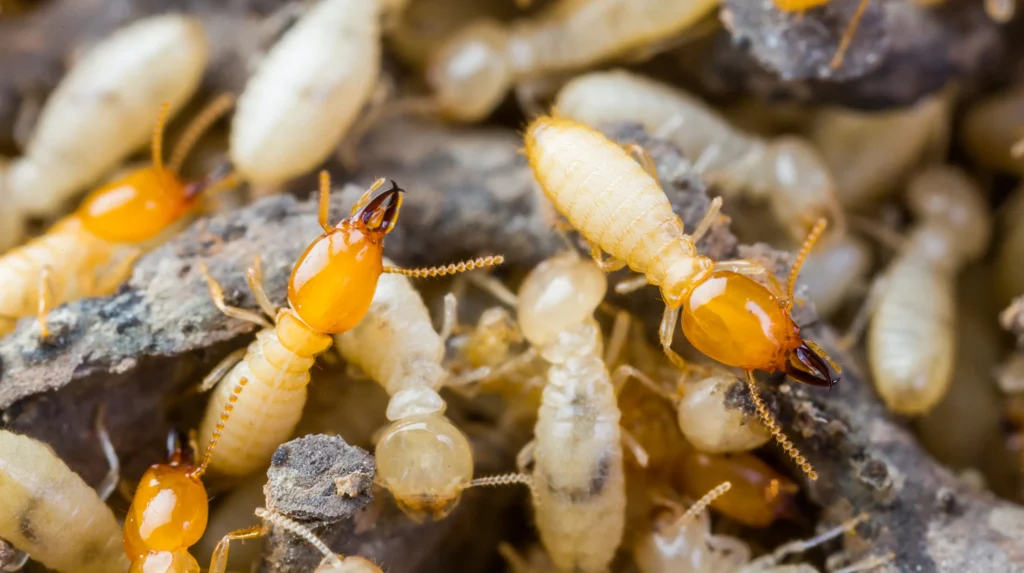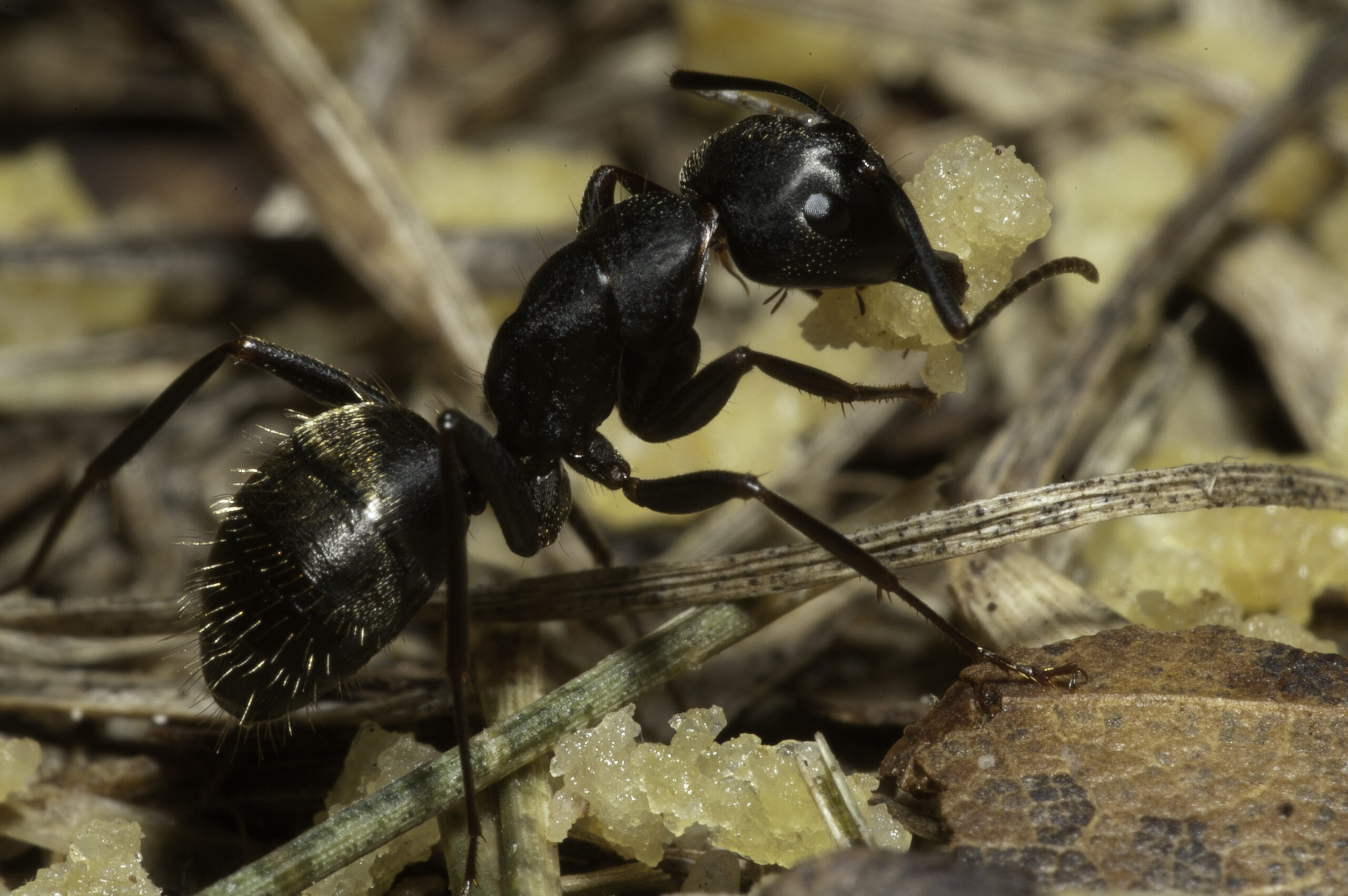Carpenter Ants vs. Termites: Don’t Let Them Bug Your Home!
Discovering unwanted insects in your home can be unsettling, but pinpointing the exact culprit is crucial for effective treatment and prevention. Carpenter ants and termites are two common wood-destroying pests, and while they share some destructive tendencies, they’re distinct creatures requiring different approaches. According to bobvila.com, termite damage repair costs around $600-3,000 per household across the country.
Here’s a guide to help you identify these invaders and protect your property.
The Duo: Understanding the Damage
Both carpenter ants and termites target your home’s wooden framework. However, their methods of destruction differ significantly:
- Termites: These relentless eaters consume the wood they tunnel through, weakening your home’s structural integrity. Their damage can escalate quickly, causing serious problems within just a few years.

- Carpenter Ants: While they burrow tunnels in wood, carpenter ants don’t actually eat it. Instead, they excavate galleries and push out wood shavings (frass) through openings. The damage they cause progresses slower and is typically easier to detect.

Spot the Signs: A Visual Identification Guide
A closer look at the insects themselves can reveal key differences. Grab a magnifying glass or flashlight to get a better view:
- Body Shape: Termites have a blocky, rectangular body with no visible waist. Carpenter ants, on the other hand, boast a clearly defined, pinched waist separating their upper and lower body segments.
- Antennae: Examine the insect’s feelers. Termites have straight, segmented antennae that resemble beads on a string. In contrast, carpenter ants sport “elbowed” antennae that bend distinctly.
- Color: Worker termites are light-colored or creamy white and shun the light. Carpenter ants, on the other hand, are typically reddish or dark-colored and can often be seen foraging in open spaces.
Beyond Appearance: Behavioral Differences
How these insects interact with wood provides further clues:
- Wood Interaction: As mentioned earlier, termites consume the wood they tunnel through. Carpenter ants, however, simply use the wood for their nests, discarding wood shavings as waste. Look for piles of frass below suspected entry points for signs of carpenter ant activity.
- Tunnels: Examine the tunnels themselves. Carpenter ant tunnels are smooth and finished, while termite tunnels are rough and may contain mud or soil deposits.
- Mud Tubes: Look for mud tubes constructed on exterior walls or foundation areas. These are a clear indication of termite presence, as they serve as passageways for the colony.
Combating the Infestation: Treatment Strategies
The approach to eliminating these pests depends on the culprit:
- Carpenter Ants: Depending on the severity of the infestation, you might be able to control carpenter ants by addressing the underlying moisture issues that attract them.
- Termites: Due to the extensive damage termites can cause and the difficulty of complete eradication, professional pest control is usually the recommended course of action.
Unsure? Seek Professional Help
If you discover winged, ant-like insects in your home and are unsure of their identity, collect a sample for professional identification. You can compare the sample to online resources or bring it to a pest control specialist for confirmation and a recommended treatment plan.
Remember: Early detection and intervention are crucial for combating both carpenter ants and termites. By understanding the key differences between these pests and taking prompt action, you can safeguard your home from structural damage and unwanted guests.
Want more help? Get in contact with us today for a free inspection on your home! We provide a thorough inspection at your convenience, develop a personalized plan, and start the process of making your home a Pest-Free zone.
Topeka/Lawrence: (785) 596-0446
Kansas City: (913) 407-1600
